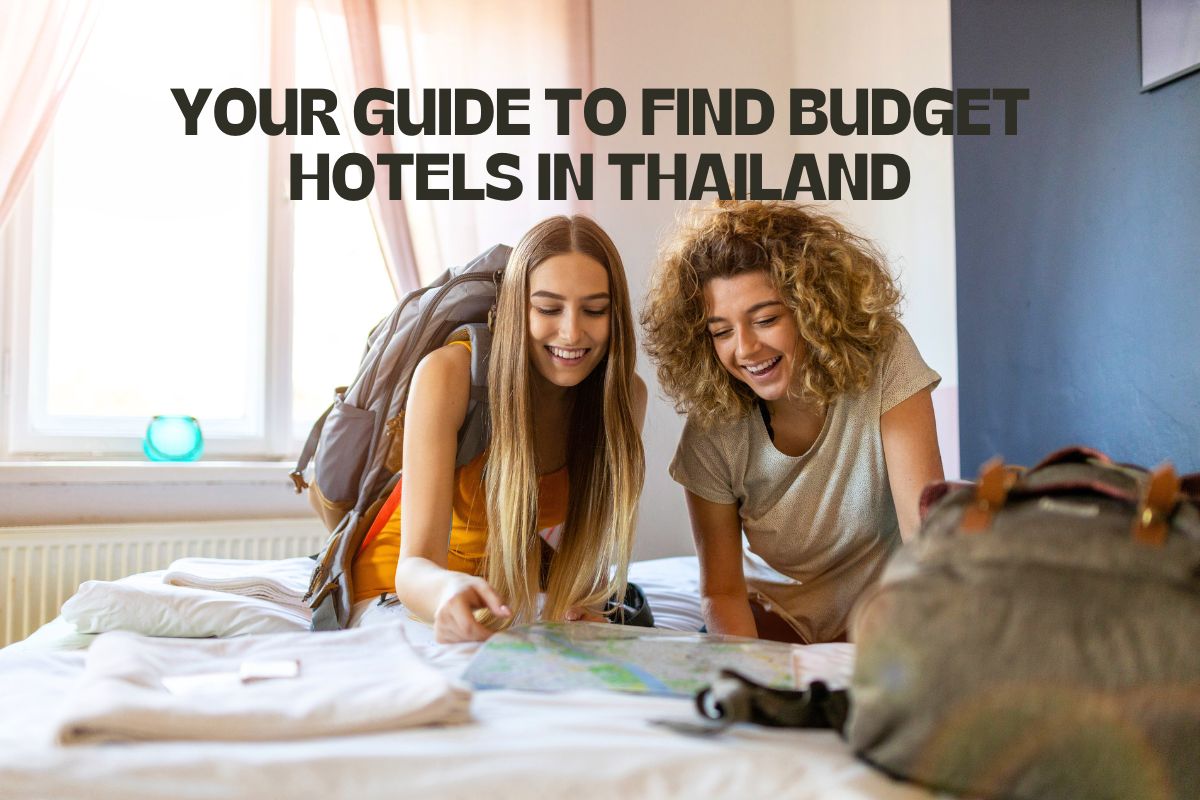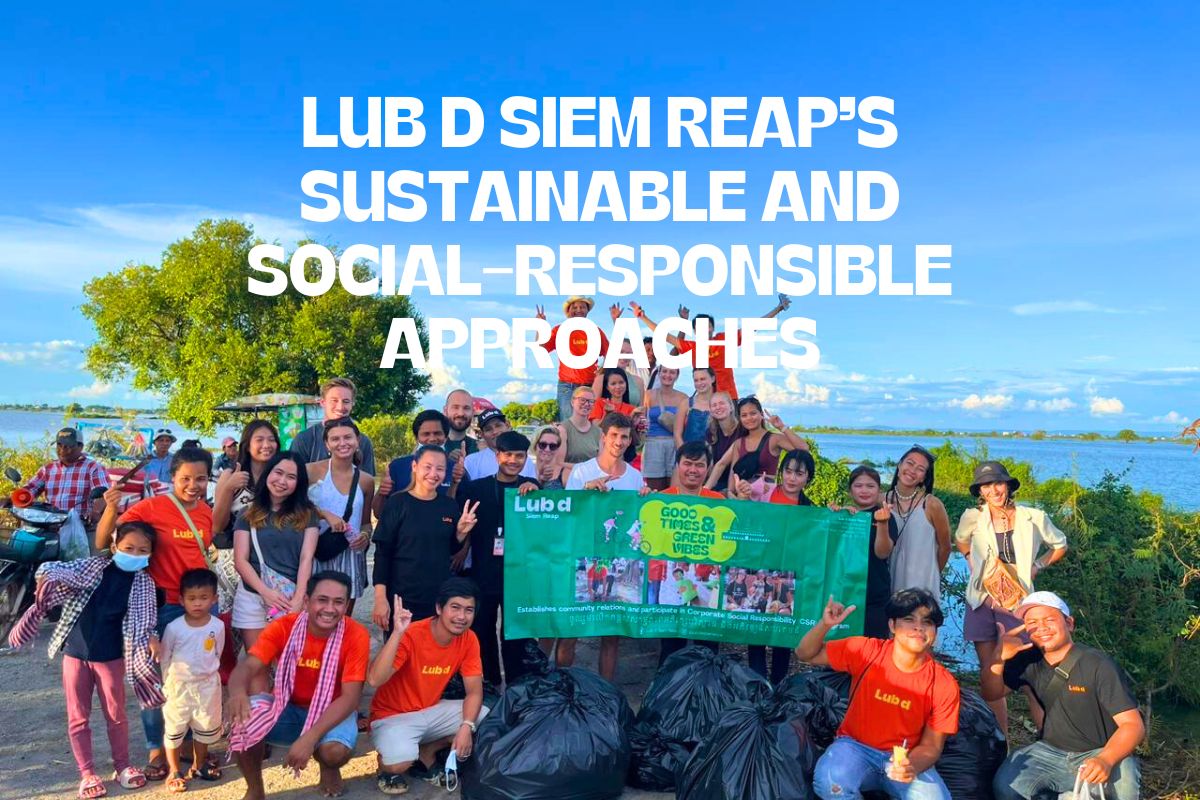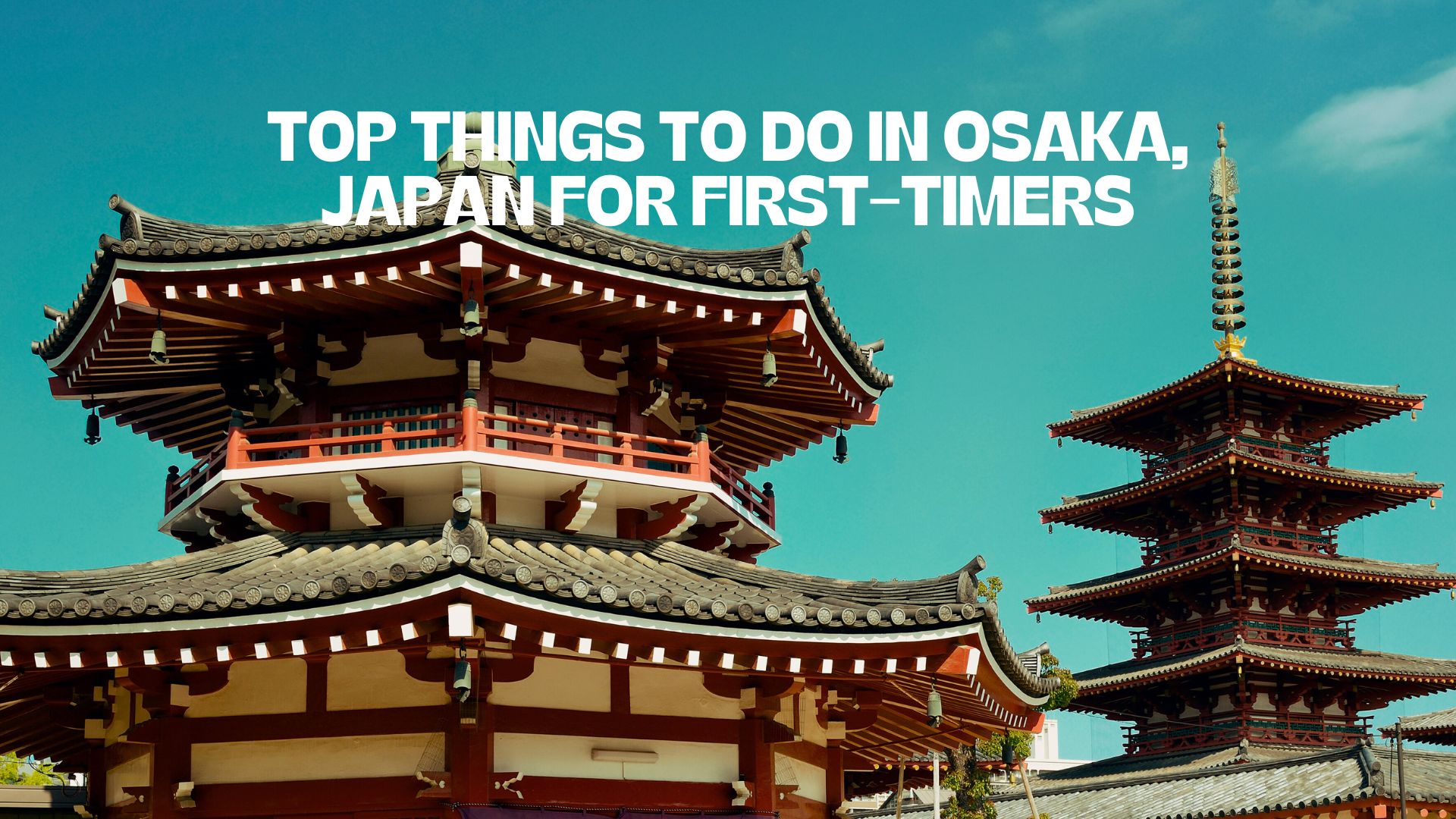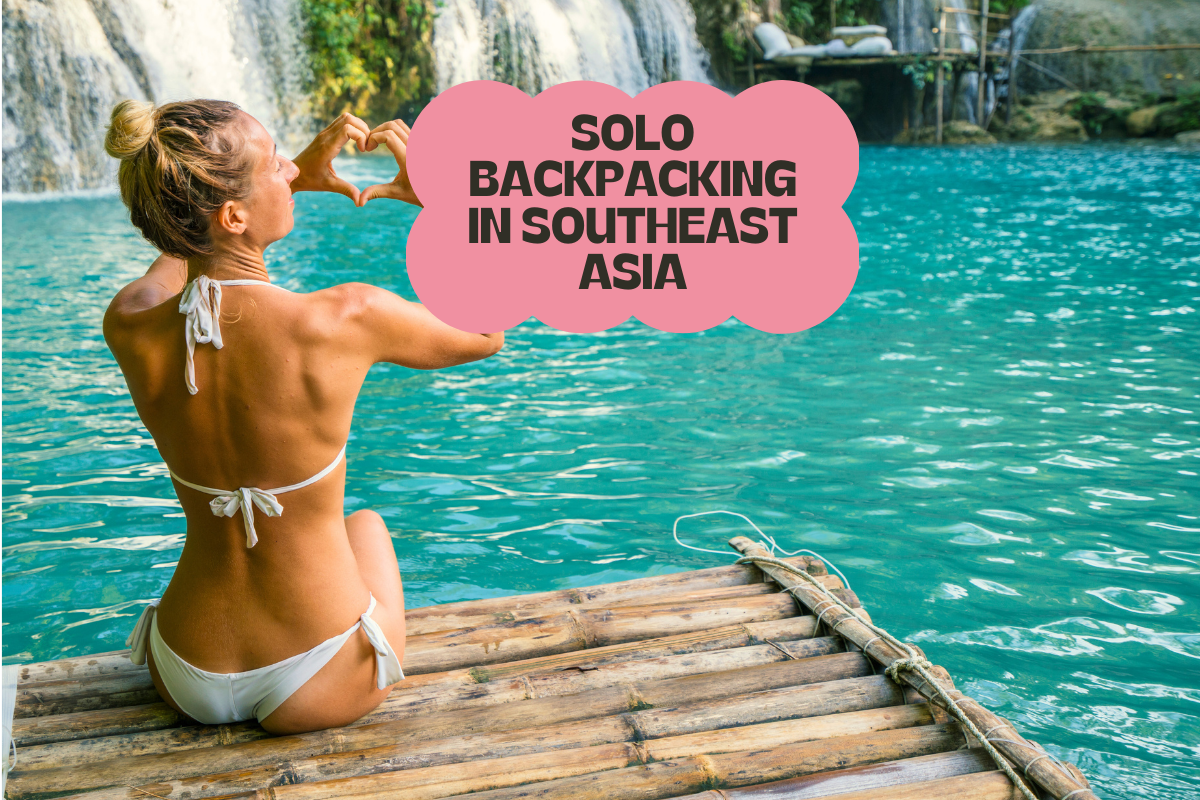
A solo trip to Southeast Asia offers a unique and unforgettable experience. It’s a journey that caters to the adventurous spirit, offering endless opportunities for exploration and self-discovery in this so-called exotic region.
Solo travel is an interesting idea and without a doubt, you need guidance to make sure that your trip is going to be safe whilst ensuring a great experience and keeping the budget intact.
Lub d will take you to delve into the essentials of solo backpacking South East Asia trip, focusing on safety, budgeting, and making the most of your travels!
Read Also:
Top Budget-Friendly Activities for Backpackers in Southeast Asia
Backpacking on a Budget in Southeast Asia: A Guide for First Timers
8 Ways to Connect with Fellow Backpackers While Traveling in Asia
10 Tips for Crafting Multi-Country Itineraries in Southeast Asia
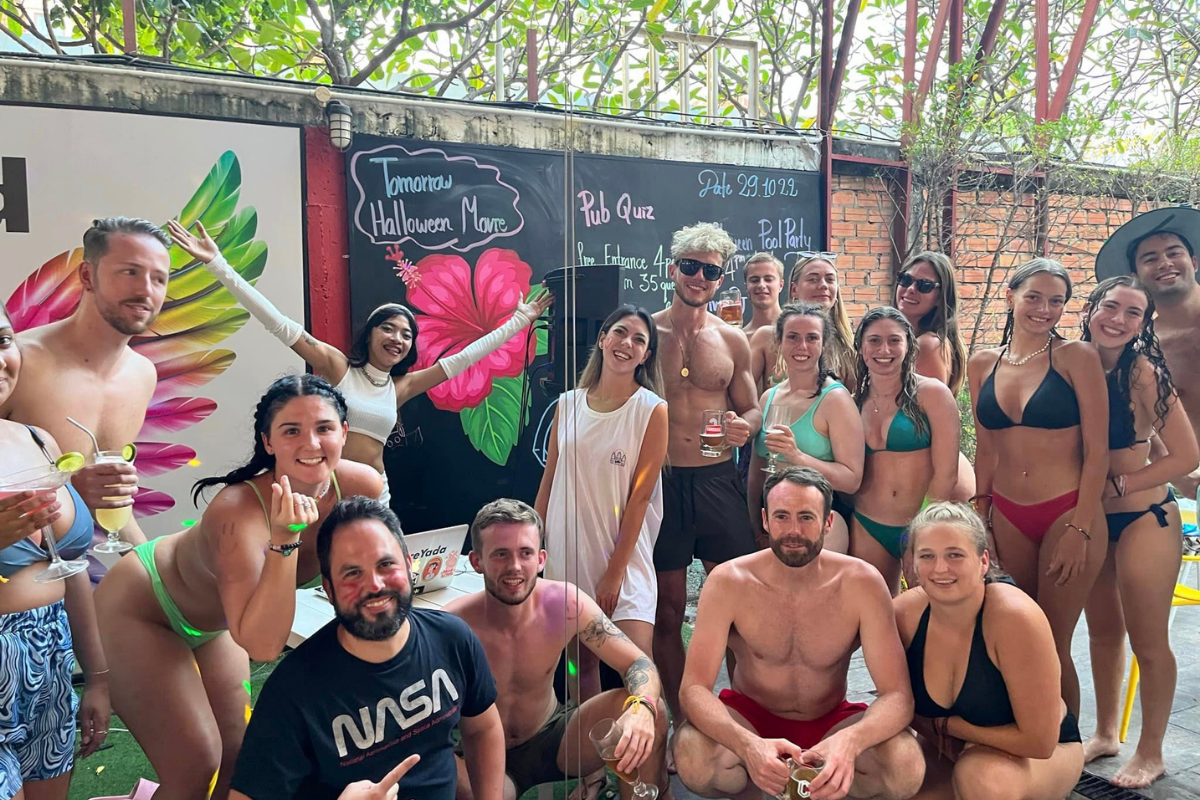
Why Solo Backpacking Southeast Asia?
1. You’ll Never Be Truly Alone While Traveling Southeast Asia
Traveling Southeast Asia is an incredibly enriching experience, especially for solo backpackers looking to make new connections. This region, famed for its vibrant culture and friendly locals, is a magnet for travelers from all corners of the globe.
When you think of destinations like Bali, Phuket, Manila, and Vietnam, images of dynamic streets, welcoming locals, and a plethora of social events and activities come to mind. These places are not just geographical locations but melting pots of diverse cultures and experiences.
The beauty of traveling solo in Southeast Asia lies in the ease with which you can meet fellow travelers and locals alike. Contrary to the misconception that solo travel is a lonely endeavor, Southeast Asia disproves this with every step.
Hostels, cafes, and tours are bustling with individuals who, like you, are eager to explore and share experiences. Whether it’s joining a group tour to hidden temples, sharing a meal at a local market, or just chatting over coffee, the opportunities to connect are endless.
2. You Can Travel Southeast Asia So Much With Minimal Movements
Exploring Southeast Asia or backpacking Asia offers an unparalleled opportunity to experience a multitude of cultures, landscapes, and cities with minimal effort and time spent on movement. This region is perfectly structured for seamless travel between its diverse countries, making it ideal for solo backpacking trips and those looking to maximize their exploration with minimal travel time.
For instance, the proximity of countries like Thailand, Cambodia, Laos, and Vietnam means that travelers can effortlessly hop from one country to another, often with just a short bus or train ride.
Travelers can effortlessly weave through the bustling streets of Bangkok, the serene temples of Siem Reap, the scenic landscapes of Laos, and the vibrant markets of Hanoi, all within a compact timeframe. This ease of movement is a boon for those looking to experience the rich tapestry of Southeast Asia without the burden of extensive travel planning and long transit times.
3. Solo Backpacking In Southeast Asia Is Budget-Friendly
Southeast Asia stands out as a budget-friendly paradise, where affordability meets quality, offering a dream scenario for south east Asia backpacking trips, especially for those who prefer to do solo travel.
The region’s cost-effectiveness is evident in its food, accommodations, and transportation, which are not only surprisingly cheap but also surpass expectations in quality.
Accommodations across Southeast Asia, ranging from hostels to budget hotels, are often modern and well-maintained. Contrary to the typical image of hostels being just a basic bed to crash, many in Southeast Asia boast comfortable amenities, stylish interiors, and a warm, welcoming atmosphere.
This unique combination of low cost and high quality in Southeast Asia ensures that solo travelers can maintain their budget without sacrificing comfort or experiences. It’s a region where every dollar stretches further, allowing travelers to immerse in rich cultural experiences, explore stunning landscapes, and engage with local communities, all while keeping their finances in check.
4. Southeast Asia Is Worth The Hype
Southeast Asia truly lives up to its hype, captivating the hearts of travelers with different lifestyles, whether they do a solo travel trip, backpacking, or casually visiting. This region, with its enchanting blend of paradise beaches, ancient temples, and vibrant cultures, has a magnetic allure that often transforms what was intended as a short trip into an extended, or even a long-term stay.
It’s not just the diversity of landscapes and cultural heritage that makes Southeast Asia irresistible but also the warmth of its people and the vibrancy of its day-to-day life.
Whether it’s exploring the bustling markets of Vietnam, diving into the rich history of Indonesia, or experiencing the spiritual serenity of Laos, there is always something new and exciting to discover.
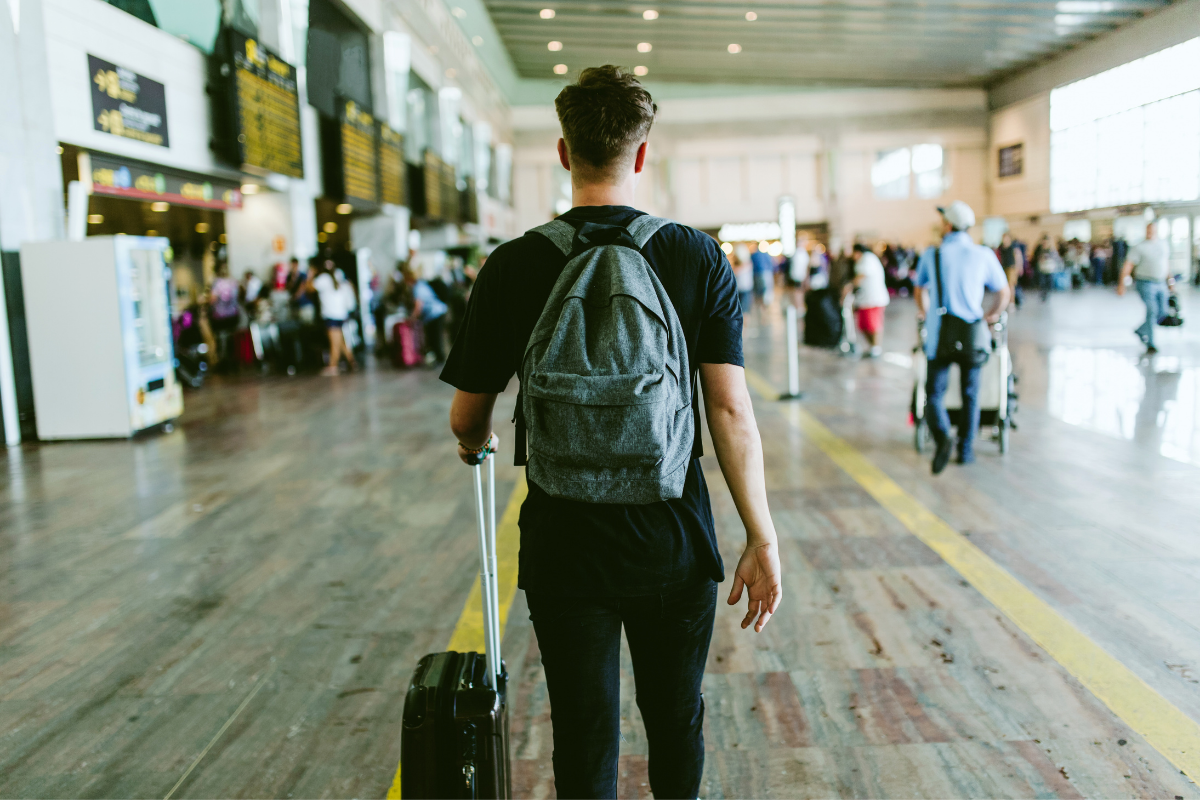
16 Safety Guides For Solo Backpacking Trips
1. Sharing Your Travel Plan
One of the most critical steps for solo travel is to keep someone informed about their travel plans. This means detailing your itinerary, including destinations, accommodation details, flight schedules, and any planned country hops.
Unexpected deviations in your solo backpacking trips might make it difficult for your contacts to reach you in emergencies, so it’s wise to keep them updated with any significant changes.
2. Accommodation Choices for Solo Female Travelers
For women backpacking south east Asia or traveling alone, navigating through bustling Asian cities can be a bit overwhelming. Opting for female-only accommodations, such as women-only dorms in hostels, can provide a sense of security and ease. Smaller dorms or even private rooms in backpacker lodges are also great options for a more comfortable introduction to your new surroundings.
Moreover, choosing accommodations located in the heart of the city can be beneficial. Staying central means being close to major attractions and dining options, reducing the need to travel far at night, and ensuring easier access to your accommodation.
3. Financial Security: Insurance and Emergency Funds
Traveling through Southeast Asia solo can be an adventure, but it’s essential to be prepared financially. This includes having adequate funds for your trip and an emergency reserve. Unexpected events, like illness or accidents, can happen, so it’s crucial to have travel insurance.
Don’t overlook the importance of travel insurance, especially if it’s your first solo trip. The recent global health crisis highlighted the unpredictability of travel; having insurance can be a lifesaver. If you’re unsure about which insurance to choose, consulting a travel agent can be helpful.
4. Staying Cautious with Overly-Friendly Locals
Interacting with locals while not just traveling Southeast Asia but also other parts of the world is part of the enriching experience of backpacking. However, it’s important to stay vigilant. If you encounter overly friendly locals who insist on showing you around or inviting you for drinks, exercise caution.
Always trust your instincts: if someone seems too eager or forward, it could be a warning sign. If you do decide to socialize, pick the venue yourself and keep an eye on your belongings and drinks. Being aware can help you avoid situations where you’re left with an unexpected bill or, worse, become a victim of theft or other crimes.
5. Timing Your Arrival for Safety and Convenience
When embarking on a solo journey to a new destination, one of the smartest moves is to plan your arrival during daylight hours. Arriving in mid-afternoon not only gives you a clear view of the neighborhood you’ll be staying in, but it also helps in gauging its safety. ones are more apparent.
6. Pre-Planning Your Route to Your First Stay
Navigating Southeast Asia, particularly where language barriers and unfamiliar transit systems exist, can be daunting. It’s crucial to research your transportation options from the airport to your hostel or hotel in advance.
Utilize tools like Rome2Rio for this purpose, and allocate extra time to familiarize yourself with the local transportation. If your flight lands later in the day, a taxi might be a safer and more convenient option, allowing you to avoid the complexities of night-time public transport.
7. Familiarizing Yourself with Local Geography
Understanding the layout of your destination before arrival is invaluable. Even if you’re not a map enthusiast, taking a moment to study the geography of your destination pays off.
8. Enhancing Your Navigation Skills
Before you set off to your South East Asia backpacking or solo travel, honing your navigation skills can be extremely beneficial.
Try exploring a new area in your hometown or a nearby town to practice. This exercise not only boosts your confidence but also sharpens your ability to navigate unfamiliar environments.
9. Guarding Against Pickpockets
Travelers often find themselves targeted by pickpockets. The key to avoiding such incidents lies in being vigilant and adopting smart strategies to keep your valuables safe.
For detailed measures on safeguarding your possessions, it’s beneficial to read up on tips like those found in guides on pickpocket prevention.
10. Smart Use of Credit and Debit Cards
Managing your finances wisely while traveling is crucial. A good money-saving tip is to bypass airport currency exchange kiosks and instead withdraw cash from ATMs in the city.
Opt for a card that doesn’t incur international ATM fees and withdraw small amounts regularly, rather than carrying large sums of cash. However, remember to have enough cash on hand in areas where ATMs are sparse.
11. Handling Cash and Documents
Keep a portion of your emergency cash hidden on your body and some in your luggage for safekeeping. When it comes to documents, carry only essentials like your passport, driver’s license, visa, travel insurance, and any necessary health documents. Leave non-essential items like social security cards or checkbooks at home.
12. Backup Your Important Documents
It’s a good practice to have multiple copies of your important documents. Keep the originals with you, store scanned copies in secure apps like LastPass or Nordpass, and keep photocopies in your luggage. Additionally, leave a set of copies with a trusted person back home. For tips on using digital vaults for document safety, resources like VPN that are suitable for traveling.
13. Prepare Essential Contacts
Ensure your phone has important numbers prepared, such as your accommodation, your country’s consulate office, and emergency services relevant to your location.
14. Understand Traffic & Regulations
Understanding and adhering to traffic regulations is crucial, particularly if you’re considering motorcycle travel in Southeast Asia. Motorbikes are a common transportation choice in this region, leading to bustling and sometimes unpredictable traffic. To ensure your safety, familiarize yourself with the local traffic laws. Abiding by these rules can significantly reduce the risk of accidents.
Additionally, it’s essential to verify if a motorcycle license is required. Often, a license from your home country might suffice, but it’s always best to check. Equally important is the use of appropriate safety gear. A well-fitted helmet is a non-negotiable item to safeguard yourself while riding.
15. Eat Cooked Food
When it comes to food safety, being cautious is key. Southeast Asian cuisine is diverse and distinctively prepared. To avoid any health issues, opt for food that has been thoroughly cooked. This simple precaution can help you enjoy the culinary delights of the region without concern.
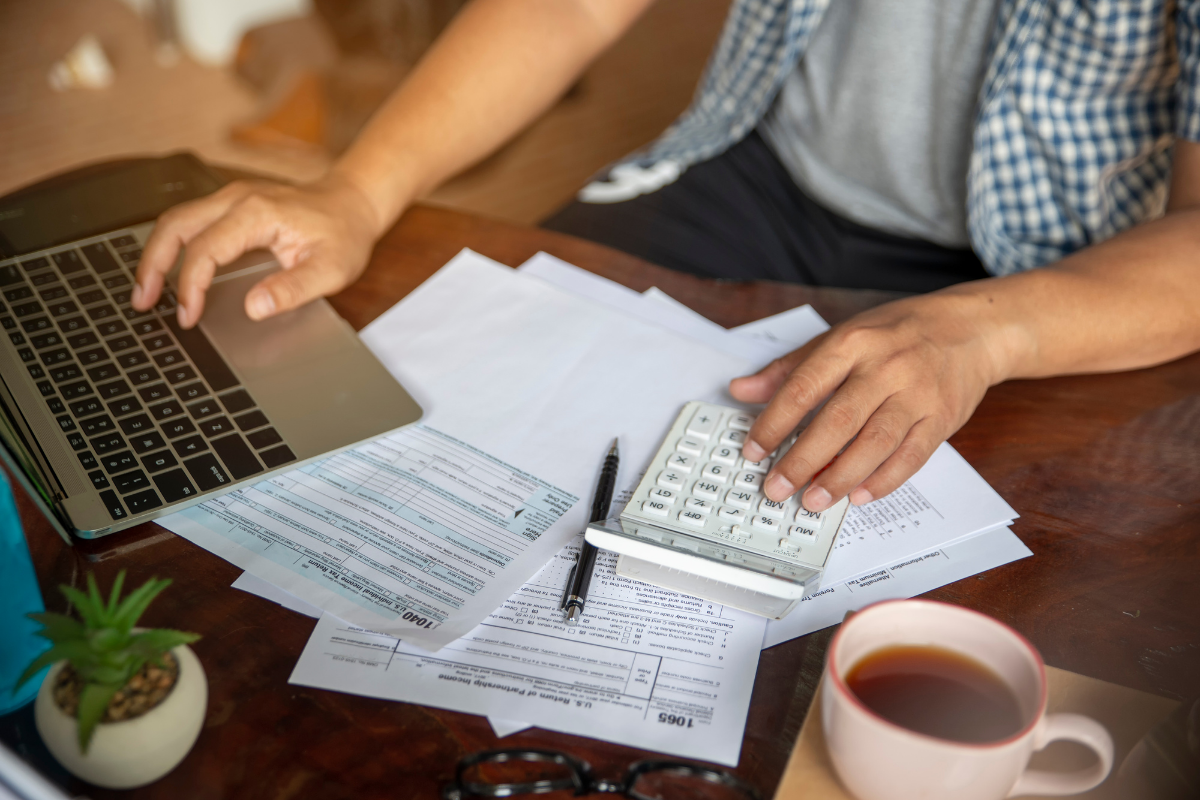
How To Travel Solo in Southeast Asia On A Budget
Southeast Asia is already so affordable! But if you want to stretch your budget even further, we go for you! Here are some tips that work and would definitely help you save even more on your upcoming solo trip:
1. Embrace Flexibility in Destination and Dates
Start by identifying the high and low tourism seasons of your preferred destinations. I recommend having a few places in mind and then comparing flight and hotel prices for various dates.
The best time for budget-friendly solo travel? The shoulder season – just before or after the peak season. This period offers a balance of pleasant weather and affordable rates, plus the added bonus of fewer crowds.
To save even more, consider flying mid-week or on early morning flights and staying in accommodations just outside the main tourist areas, rather than in pricier city centers.
2. Savvy Accommodation Research
Solo travel or even solo backpacking trips mean shouldering accommodation costs alone, which can add up. But fear not – there are ways to manage your budget effectively. Start by leveraging points and deals from credit cards.
Researching the lowest rates on hotel booking sites like Booking.com and TripAdvisor is a good start, but don’t stop there. A direct book to the hotel often yields better deals. Don’t overlook hotels offering single rooms with twin beds, designed specifically for solo travelers.
Budget hotels and hostels are another great option, with some offering private rooms. Hostels in Southeast Asia provide trendy private rooms and a social atmosphere, ideal for meeting other solo travelers. For the tightest budgets, shared hostel rooms are the most economical, and platforms like Hostelworld can help find the best options.
3. Exploring Cities with Free Walking Tours
Many cities offer free walking tours, an excellent way for solo travelers to familiarize themselves with a new place, meet fellow travelers, and save money. Hostels often host free or discounted activities, which are great for socializing and exploring.
Airbnb Experiences also offers unique, local-led activities at a lower cost than larger tour companies. Street-offered tours can also be budget-friendly, but always ensure they are legitimate to avoid scams.
4. Meal Strategies for Solo Travelers
Solo travel can make dining more affordable. Opting for casual take-out or sitting at a bar can be more cost-effective and socially engaging.
Check if your accommodation offers free breakfast – it’s a great way to save on meals. Consider buying groceries for healthier and cheaper meal options, especially if you have access to a kitchen. Meals are one of the easiest areas to cut costs when traveling alone.
5. Transportation Tips
While I prioritize safety over budget in transportation choices, there are still ways to save. Public transportation can be safe and much cheaper than private options in many countries.
Shared rides or local group shuttles, especially common at airports, offer a balance of safety and affordability. For taxi rides, obtaining a driver’s business card can lead to negotiated rates and a sense of safety for future rides.
Conclusion
Southeast Asia offers solo backpackers an enriching blend of cultural immersion and adventure at an affordable cost. This guide highlights key strategies for a safe and budget-friendly journey. The region’s diverse landscapes are easily navigable, ensuring a seamless travel experience.
By adopting flexible travel plans, researching accommodations, and engaging in local tours, solo travelers can significantly enrich their experience.
Southeast Asia is more than a destination; it’s a journey of personal growth and new connections. With proper preparation, your solo trip promises to be an enriching chapter filled with memorable adventures and lasting impressions.
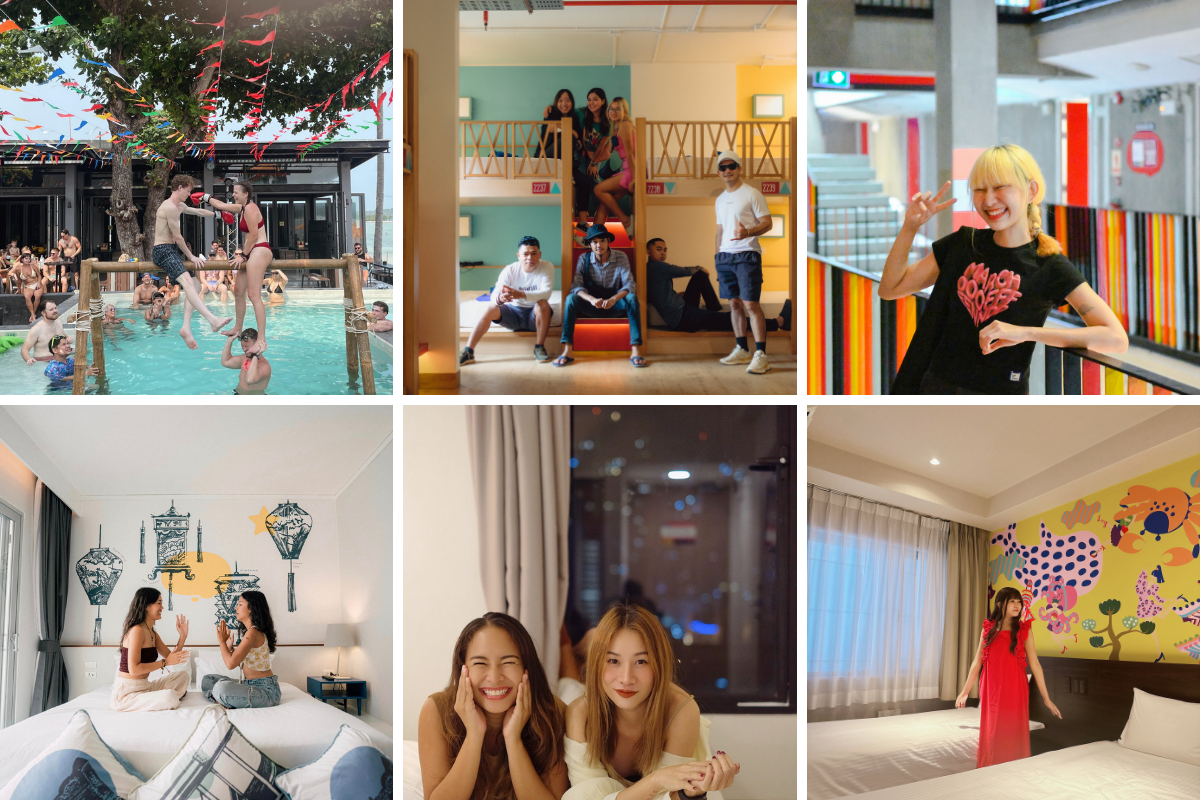
The Affordable and Comfortable Stays At Lub d!
the ultimate destination for modern travelers seeking affordable yet chic accommodations. Strategically located in some of the most exciting cities across Asia, Lub d boasts prime locations in Bangkok, Koh Samui, Phuket, Makati, Siem Reap, and Osaka.
Each Lub d property is uniquely designed to cater to the dynamic needs of today’s travelers, offering a blend of co-working spaces and sociable environments.
Whether you’re a digital nomad in search of a creative co-working hub or a leisure traveler eager to explore the local culture, Lub d provides an ideal base with its budget-friendly, comfortable, and stylish accommodations
